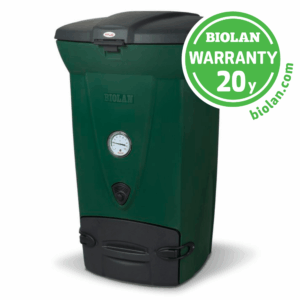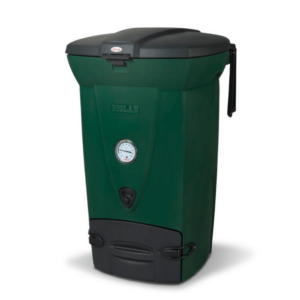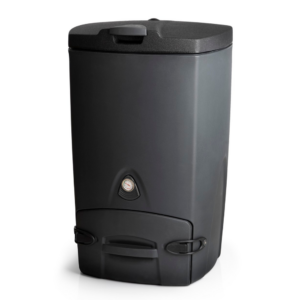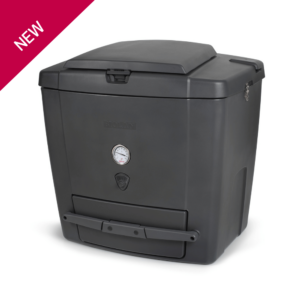WHAT IS COMPOSTING – AND HOW DOES IT ACTUALLY WORK?
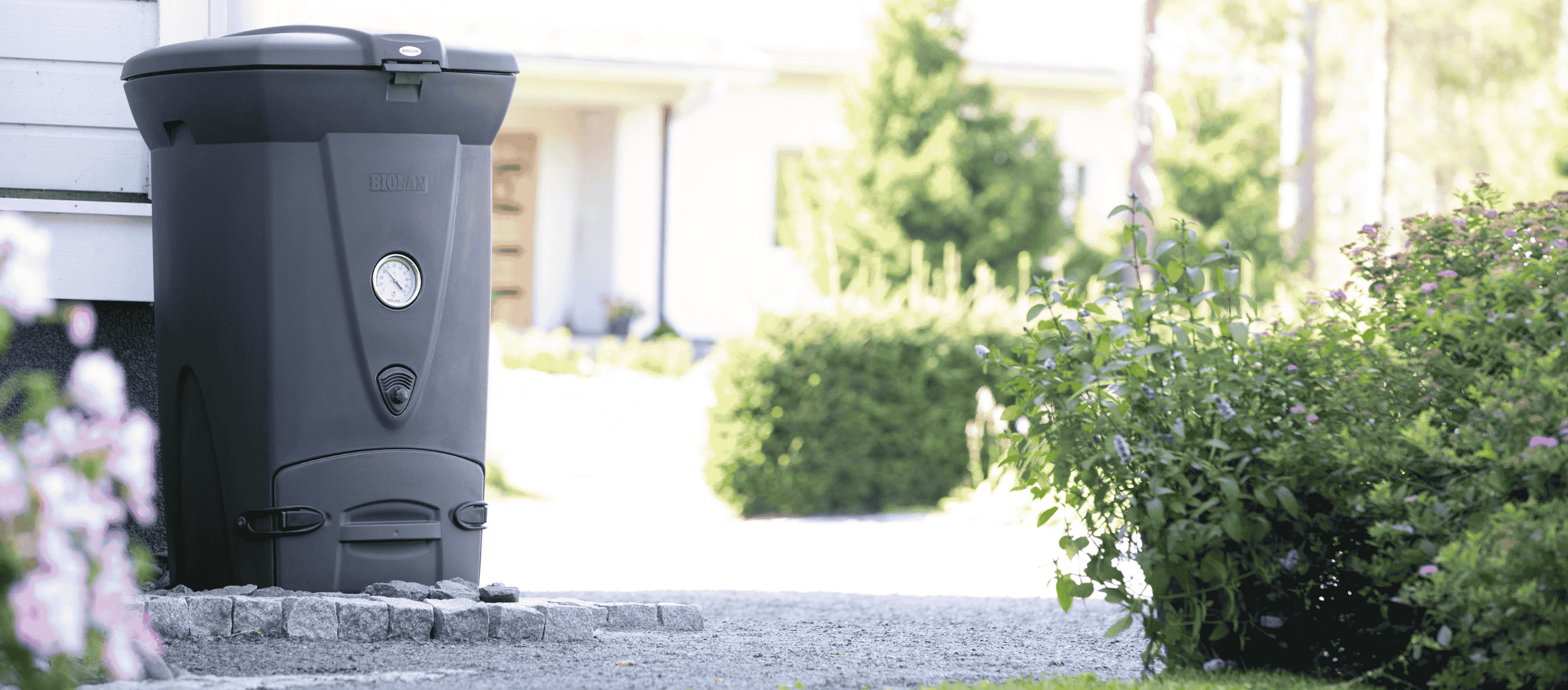
Composting is a natural way to recycle — and you can do it in your own yard or garden. By composting, you turn kitchen scraps, garden clippings, and other organic waste into nutrient-rich humus that improves soil health and reduces household waste.
Why Compost?
- Reduce household waste – Up to 30% of your trash is compostable.
- Improve soil naturally – Compost boosts soil structure and fertility.
- Save money – Use your own compost instead of buying fertilizers.
- Lower your carbon footprint – Home composting reduces methane from landfills.
Composting in Action: The 3 Natural Stages
Composting is a natural biological process that takes place in three stages. Each driven by different types of microbes and characterized by rising and falling temperatures.
When the conditions are right, the compost heats up significantly — a method known as hot composting.
This high-heat process speeds up decomposition, destroys weed seeds, and eliminates harmful bacteria, making it ideal for producing compost more quickly and hygienically.
The presence and duration of stages depend on the type of waste being composted and the composting method. For example, in the Biolan Thermo Composters, the process gets fully underway once about two-thirds of the composter’s volume is filled.
At that point, the internal conditions become ideal for microbes to thrive and for the composting cycle to accelerate.
🔥Heating Phase – Microbial Feast Begins
In the first few days, bacteria and actinomycetes feed on easily degradable materials like sugars and proteins. Their activity heats the compost quickly to 30–50°C. During this phase, the compost becomes acidic, but its pH will stabilize closer to neutral as the process continues.
♨️Hot Phase – High Heat, Rapid Breakdown
Next, heat-tolerant microbes take over, breaking down more complex materials. Thanks to this intense microbial activity, the temperature may rise up to 85°C. This stage is short—usually a few weeks—but essential for killing pathogens and weed seeds.
🌬️ Cooling & Maturing Phase – The Final Stretch
As the easy nutrients run out, the temperature begins to fall. Now fungi, mold, and soil creatures (like worms, beetles, and millipedes) break down tougher organic matter, such as wood. This phase takes the longest—often several months—but it’s when humus truly begins to form, giving you dark, crumbly, nutrient-rich compost.
Tip: Track the Process with a Thermometer
A composter with a built-in thermometer, like the Biolan Thermo Composter 220 Eco or Biolan Biowaste Composter, makes it easy to monitor what’s happening inside. The thermometer gives indicative information about the various stages of the composting process and the temperature during the hot phase. This helps you understand when the compost is actively breaking down—and when it’s ready to be unloaded and used in your garden.
The Result: Less Waste, Better Soil
By hot composting you turn everyday waste into something valuable. With the Thermo Composter, it’s easy to follow the process, track progress with a built-in thermometer, and produce high-quality compost for your garden, greenhouse, or yard.
